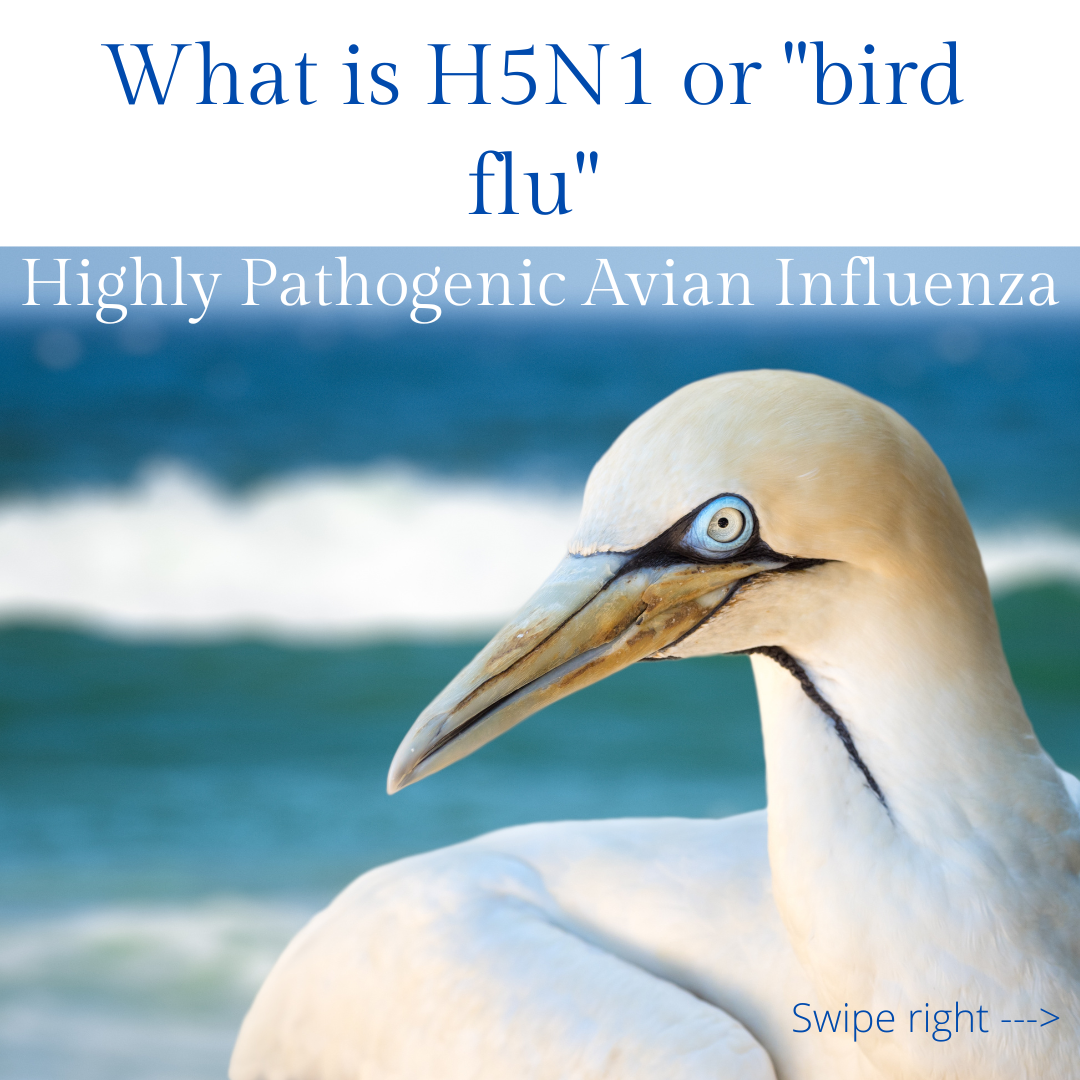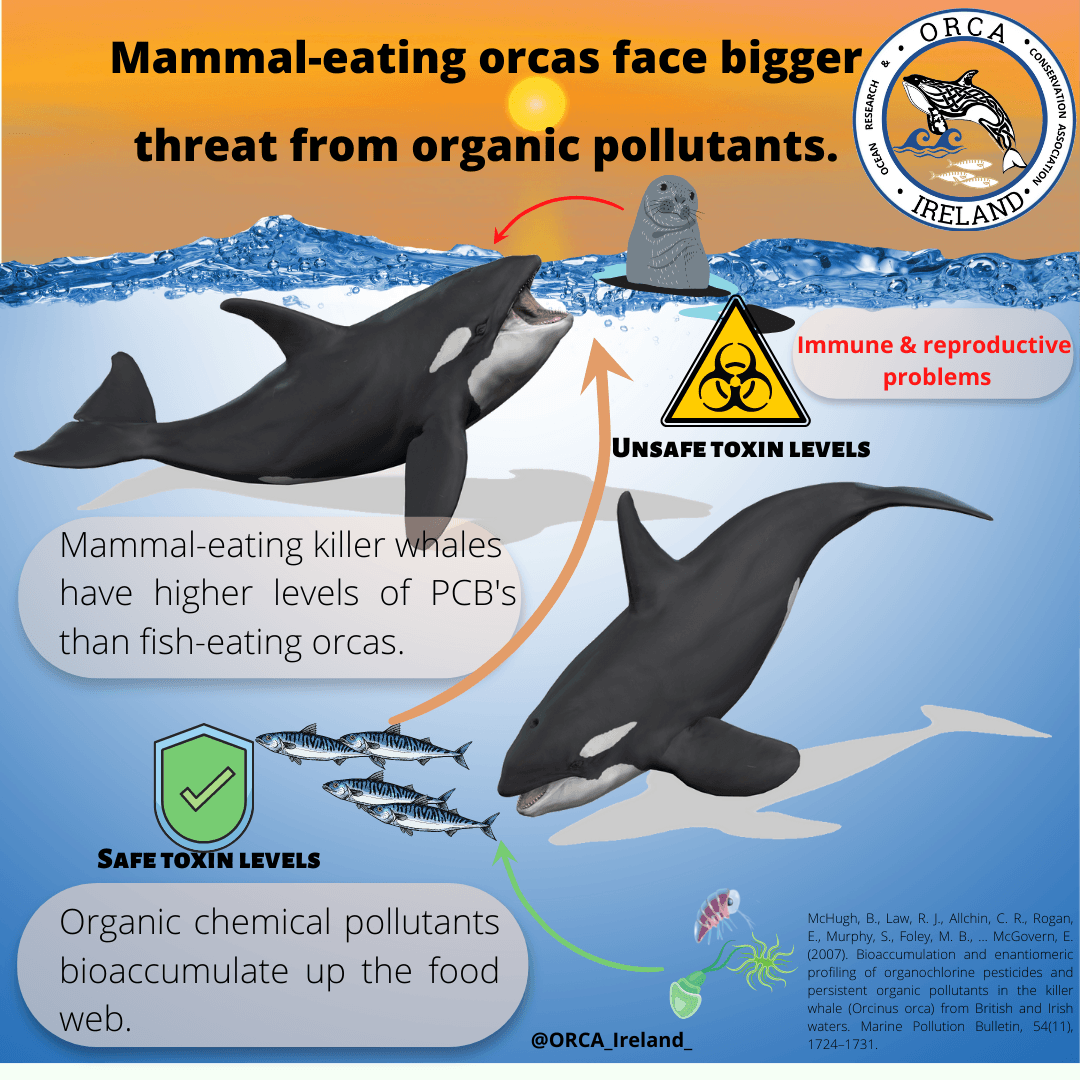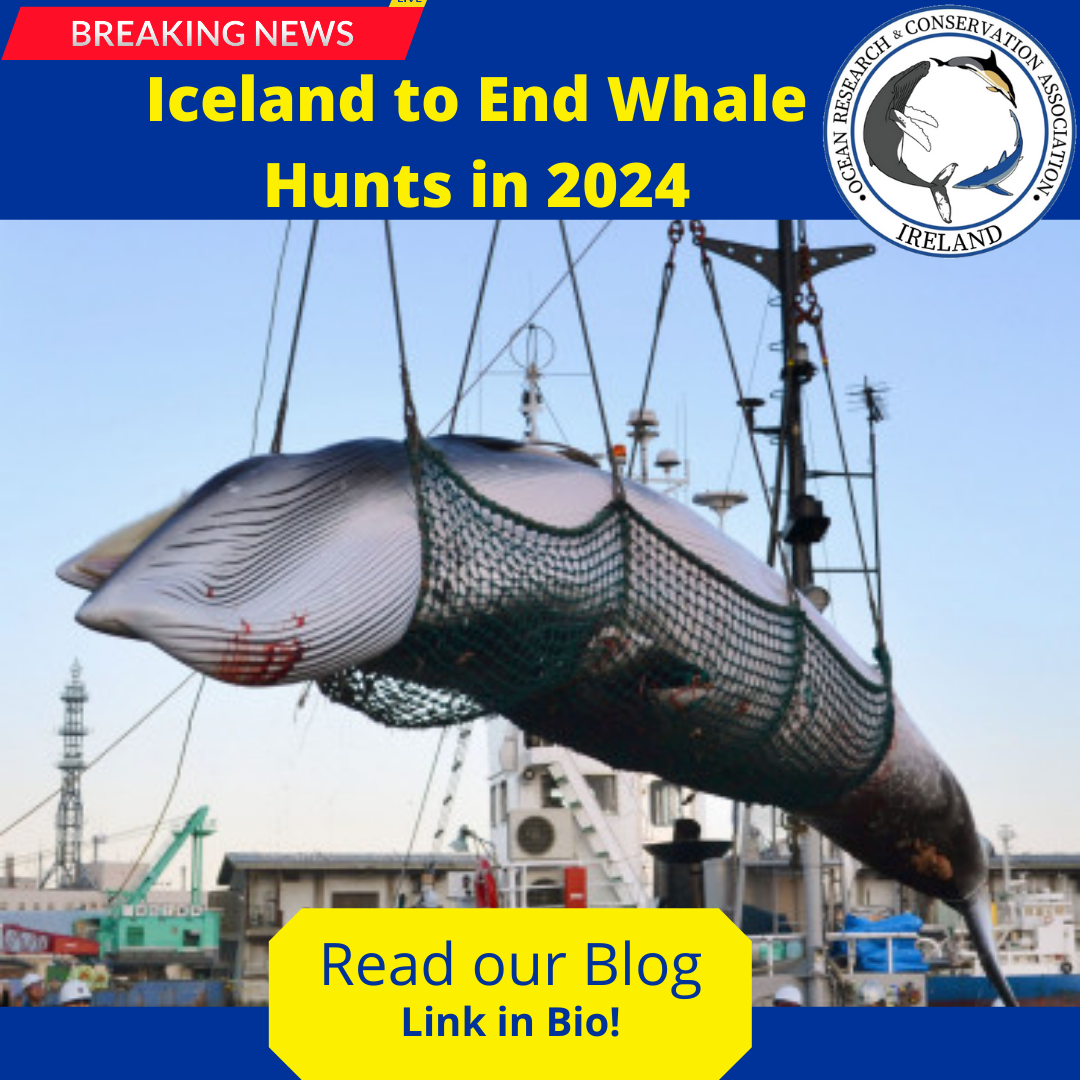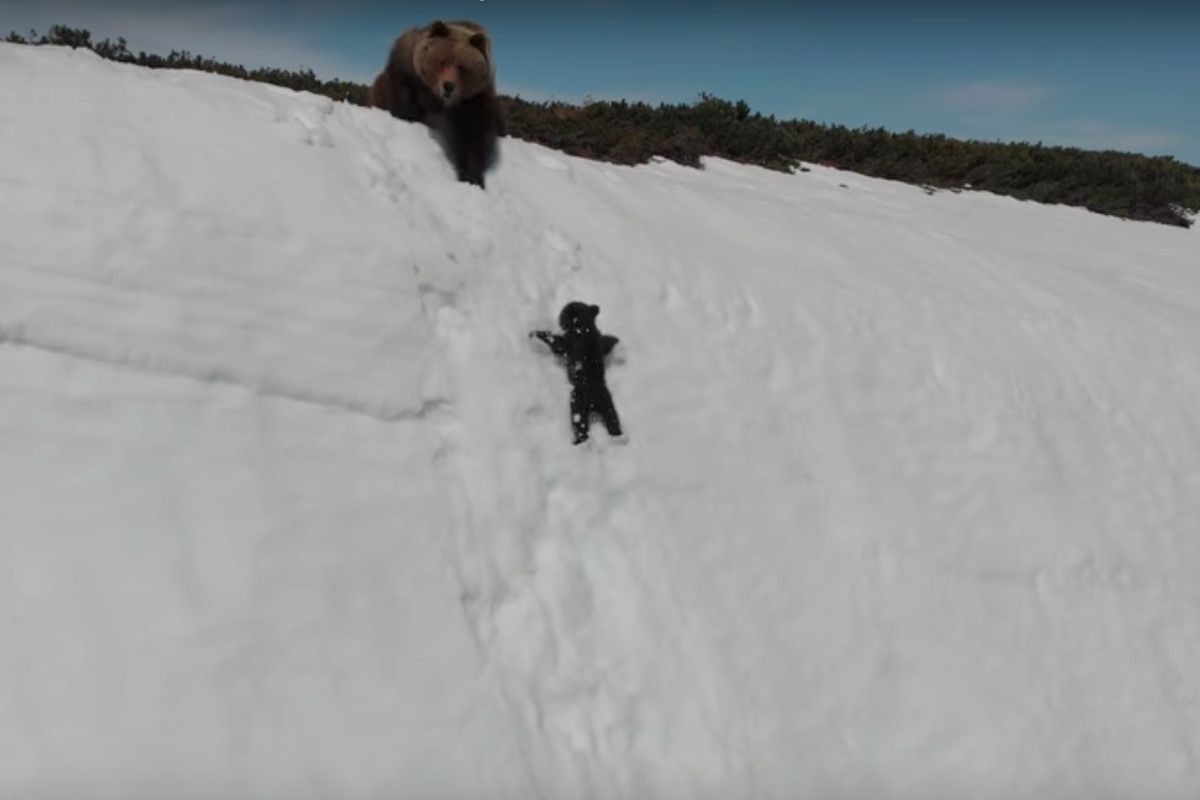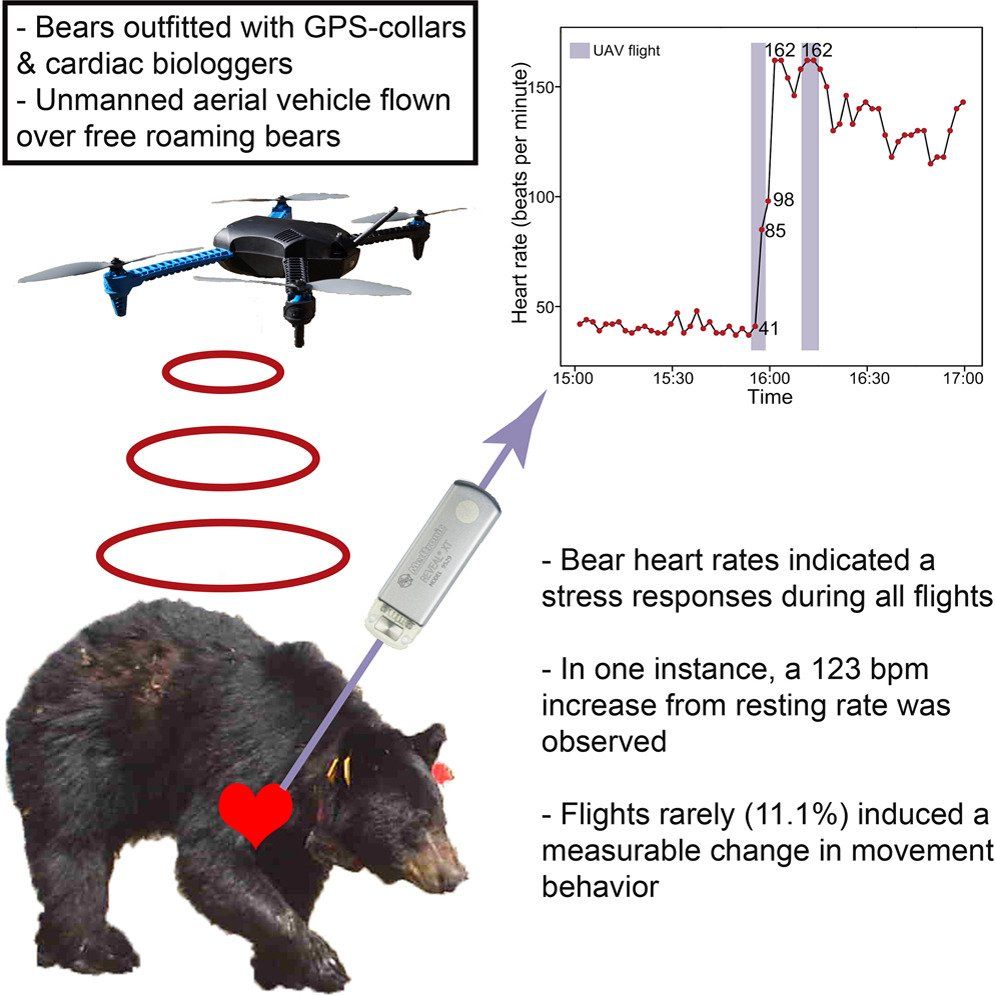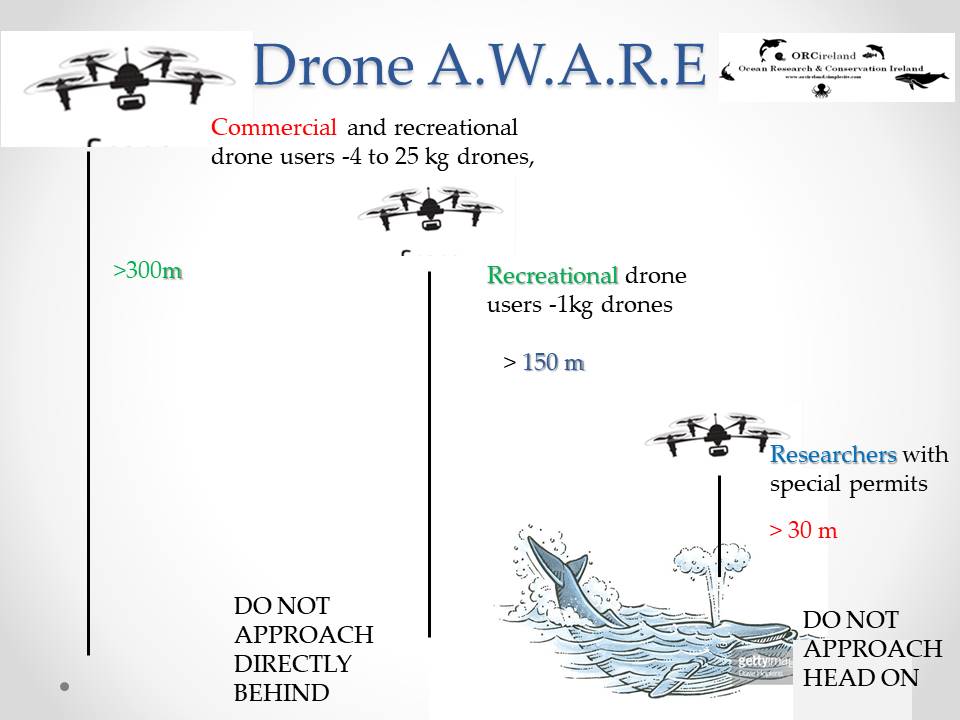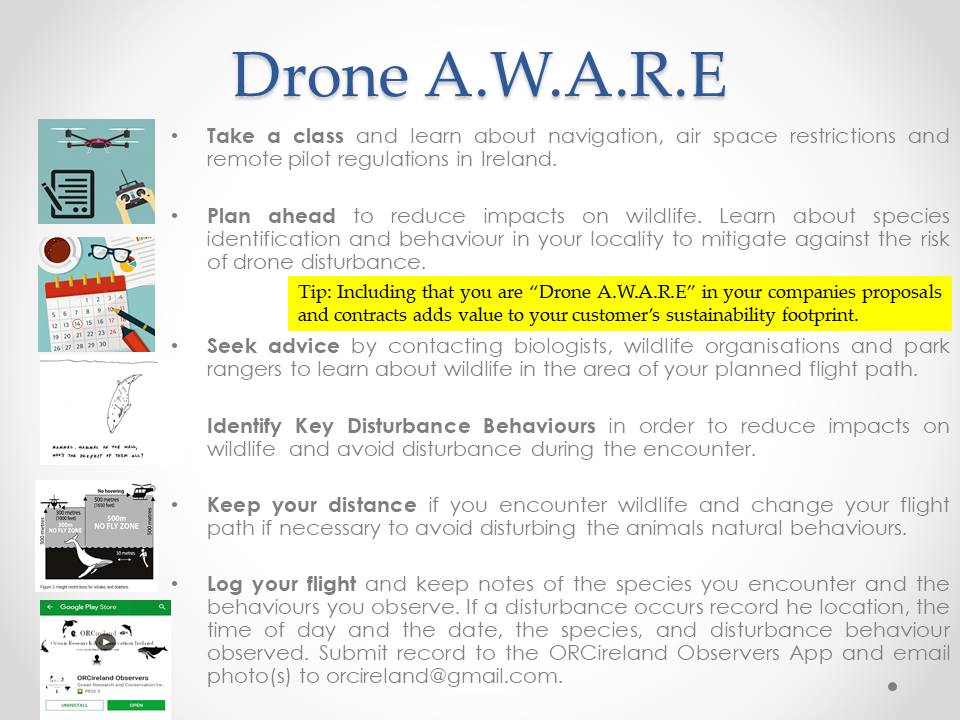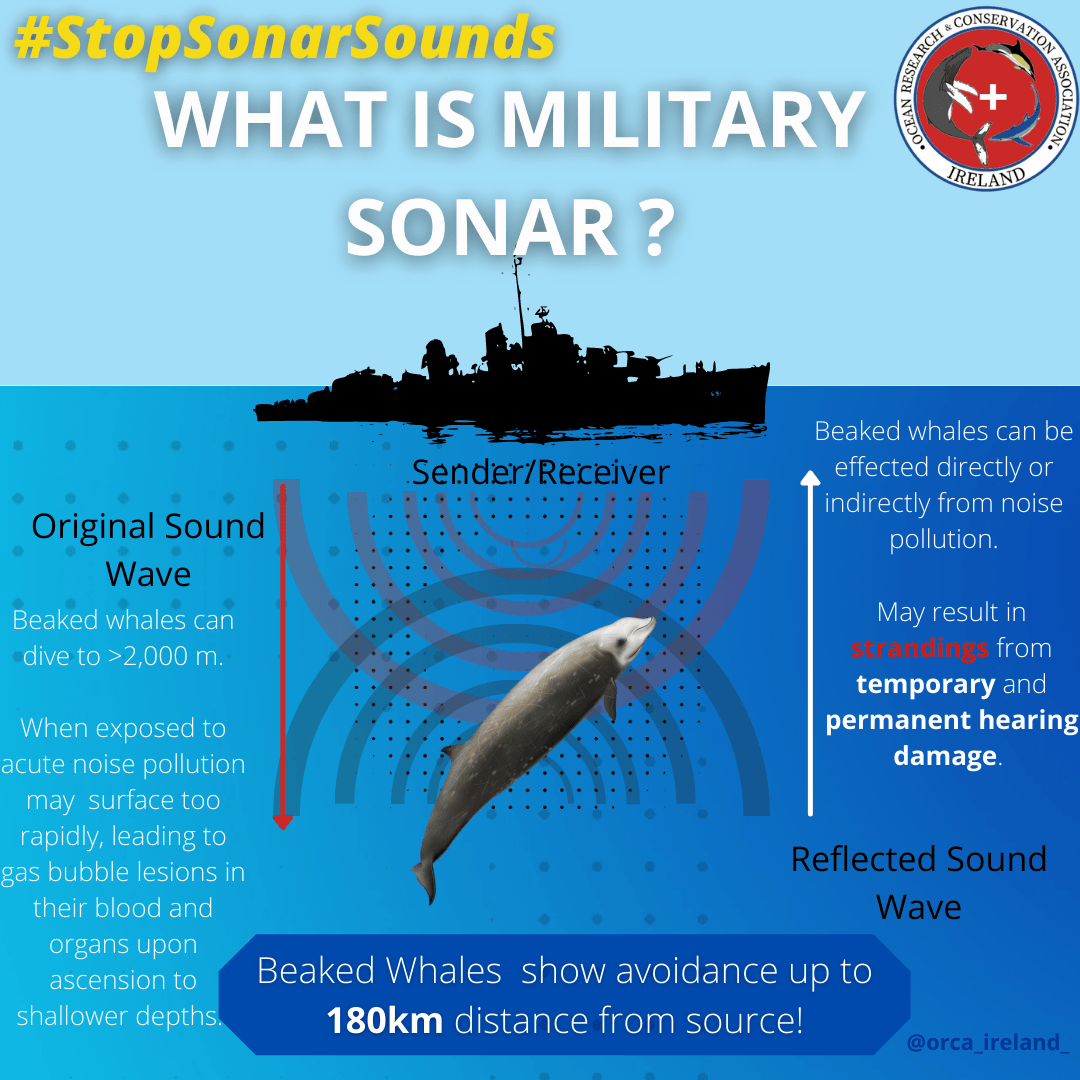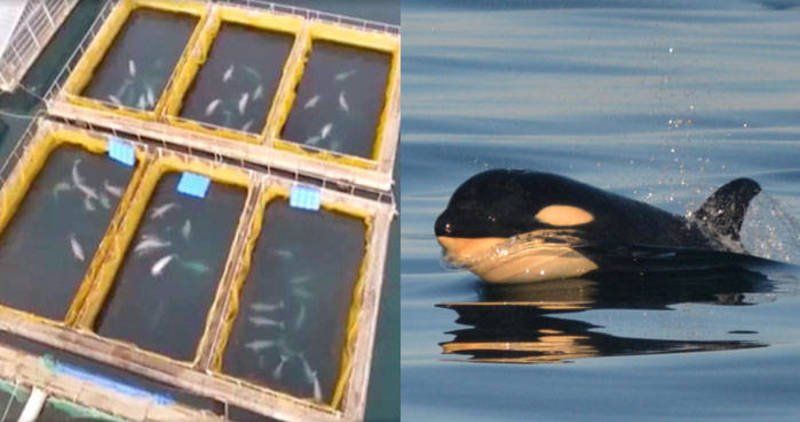Drones use around wildlife should be regulated.
In recent days drone footage of a mother brown bear and her cub traversing a steep snowy cliff, which has gone viral, has been dubbed by the masses as "inspirational", yet wildlife experts around the globe criticise the footage as disturbance to the animals is apparent to the trained eye.
Drone footage captured by Dmitry Kedrov, of a brown bear ( Ursus arctos ) and her cub climbing a sharp cliff face on the coast of Russia's Sea of Okhotsk this summer, has gone viral and has been quoted as being "motivational", reminding viewers to show determination and perseverance in the face of adversary. The drone films as the cub struggles to reach her mother at the top, for an intense three minutes, sliding back down several times until it eventually reached safety. To wildlife experts around the world, this footage was a worrying example of "how not to use a drone", harassing wildlife for the sake of getting the perfect shot.
From the offset, one wonders why this mother bear would lead her vulnerable young cub across such perilous terrain and endanger both of their lives. On close inspection of the footage, one clip where the cub has almost reached the top to the safety of it's mother, the drone suddenly gets closer, causing the mother bear to take a swipe at the drone, and the cub to plummet back down the sheer snow covered cliff face. Wildlife Biologist, Clayton Lamb, from the University of Alberta studies north American brown bears ( Ursus arctos ssp. ) and described this as "flight or fight" behaviour, as it is evident that the mother and her cub are avoiding the drone. Take note how the mother displays aggressive behaviour towards the drone in one clip.
This is one of many instances drones used by recreational operators have been the cause of disturbance to wildlife. ORCireland Ecologists have compiled a Youtube Playlist on a variety of species that have been shown to react adversely to drone. View ful playlist here; https://www.youtube.com/playlist?list=PL-xOraSwSjUiLWyLAMKJ3SlX3IsTM-Y4J.
Disturbances from drones can be visual or auditory, depending on the noise level and can distract wild animals from vital behaviours such as foraging or resting. Although not all animals are affected negatively by drones or unmanned aerial vehicles (UAVs). A recent study, showed that lesser snow geese ( Anser caerulescens caerulescens) in Manitoba, Canada, found that UAVs appeared to cause "minimal" disturbance to the birds when flown at an altitude of >75 meters, however, resulted in the birds spending a decreased amount of time resting and increased amount of time on nest maintenance, when compared to days without surveys using UAVs (Barnas et al., 2017).
Another study published in the journal of Current Biology , fitted black bears ( Ursus americanus) with cardiac monitors and found that while no obvious avoidance behaviour was observed, the black bears heart rate increased from 41 beats per min to as high as 162 beats per minute, above pre flight baseline. The study recommended that during the flight path design, one should consider the additional stress on wildlife from UAV flights when developing regulations and best scientific practices (Ditmer et al., 2015).
This is not to say that drones cannot be used to film wildlife and gain knowledge on elusive animals, such as cetaceans (whales, dolphins and porpoise), elasmobranchs (sharks, skates and rays) and pinnipeds (seals) with proper regulation and if operators take care to adhere to best practices. Indeed many scientific studies have been greatly enhanced with increased data collection capabilities with the help of unmanned aerial systems (UAS). For example, a recent revelation about how narwhals ( Monodon monoceros)
use their tusks has been discovered by researchers at Fisheries and Oceans Canada, when they flew drones over trembly Sound, Nunavut and captured narwhals whacking Arctic cod ( Boreogadus saida)
with their large canine tooth.
A narwhal's canine tooth contains thousands of nerve endings, allowing the whales to sense subtle movements in the water. the purpose of the narwhals tusk has been debated for centuries as these species are hard to access to study in remote Arctic areas. Many theories have been suggested including that it may function to crack sea ice, spear fish, and dig the ocean floor, however until recently no observations of narwhals using their tusks had been made. it seems unlikely that narwhals rely on their tusks for survival as only the male possess a tusk which may serve in dominance and competition for females. This is known as a secondary sexual characteristic.
This study is also very important as it highlights the potential for drones to be used as a tool for scientific research. Aerial observations of cetaceans are generally conducted by fixed wing aircrafts, which are both dangerous and costly. Drone use in ireland is becoming increasing common due to the decreasing cost of equipment and it is important that operators are "A.W.A.R.E" ( A
nimal W
elfare R
esponsible E
ncounters) of the best practices and guidelines for operating drones around wild animals. Follow our guidelines below if you are a drone operator in ireland and help promote responsible drone use in ireland.
The most important thing to remember is to NEVER fly at an animal head on, keep drones as far away as possible, use models that are electric (gas powered drones are louder and noiser) and steer clear of endangered species and do not try to film animals during important times of the year such as during the breeding season.
Drone operators are also responsible for the safety and licencing of their drone. Legal requirements, rules and regulations can be found on the Irish Aviation Authority's website or downloaded here: https://www.iaa.ie/docs/default-source/misc/drone-safety---dos-and-don'ts.pdf?sfvrsn=2f8f0af3_2.
© Ocean Research & Conservation Ireland (ORCireland) and www.orcireland.ie , est. 2017. Unauthorized use and/or duplication of this material without express and written permission from this site’s author and/or owner is strictly prohibited. Excerpts and links may be used, provided that full and clear credit is given to Ocean Research & Conservation Ireland and www.orcireland.ie with appropriate and specific direction to the original content.
Reference List:
Barnas, A., Newman, R., Felege, C.J., Corcoran, M.J., Hervey, S.D., Stechmann, T.J., Rockwell, R. F.,Ellis-Felege (2017). Evaluating behavioral responses of nesting lesser snow geese to unmanned aerial aircraft surveys. Ecology and Evolution
,
Vol 8, issue 2.
Dtimer, M.A., Vincent, J.B., Werden, L.K., Iazzo, P.A., Gershelis, D.L., Fieberg, G.R., (2015). Bears Show a Physiological but Limited Behavioral Response to Unmanned Aerial Vehicles. Current Biology,
Vol. 25, Issue 17.
SHARE THIS ARTICLE
